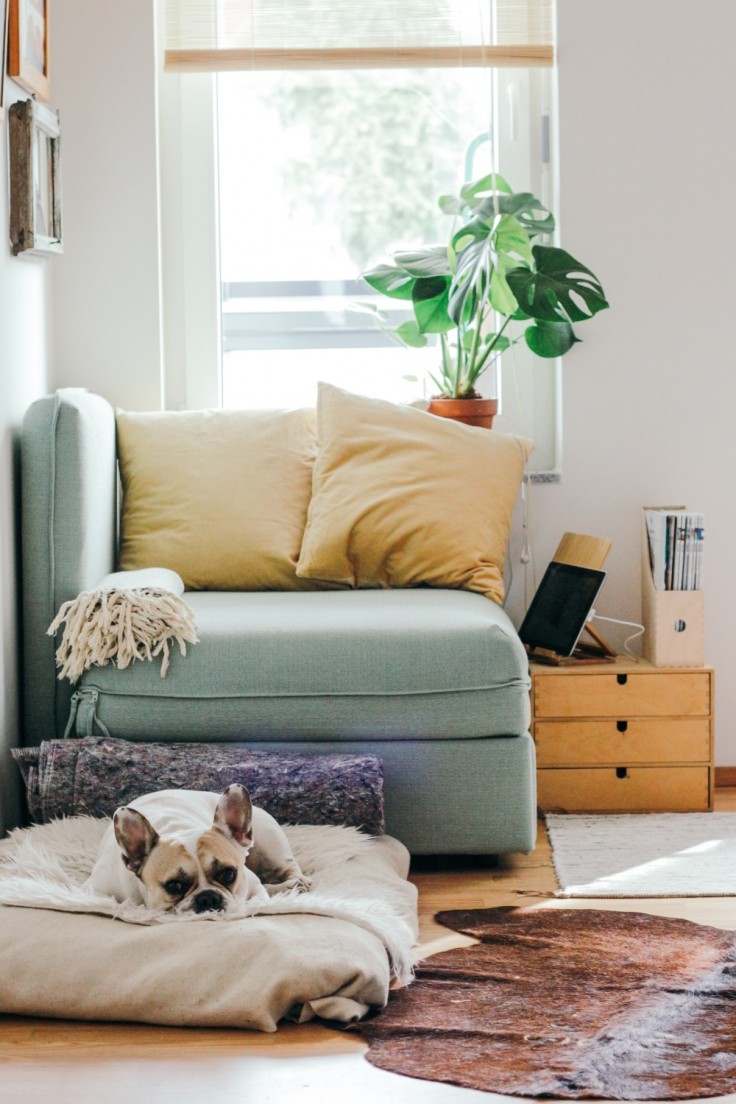
When you're transforming your home to become more senior-friendly, there are a lot of changes to consider. If you do it properly, you can age in place and remain independent for as long as possible.
Getting Around Your Home
Ideally, you would live in a single-story home so you wouldn't have to worry about moving from one floor to the other. But sometimes, your home might not be as safe as you need it. For example, the pathway to your home might have uneven surfaces or cracks. Have it repaved so it is smoother. In the entryway of your home, consider adding non-slip flooring. If there are stairs leading up to the front door, consider adding a ramp, and make sure that it has rails on both sides.
Often, it's harder to go up and down stairs inside your home. With Stiltz home lifts perfect for grandparents or seniors, can provide an extra level of safety when moving between levels. That way, you don't have to worry about falling on the stairs. Good lighting is also important for mobility because you can see obstacles in your path. Pay particular attention to the entry areas and see if you can use motion-activated lights. Aim them at the locks to make it easy to enter and exit the home.
Improve Your Kitchen
You should have a functional kitchen that you love. The goal is to avoid crouching or bending, which can be harder to do when you're older. Your manual dexterity decreases as you age so get appliances with easily-to-use buttons. Make sure that the controls are easy to read. Accessing the pantry is also important. Get open shelves so you can access frequently used items better. You might want to get glass cabinet doors so you can identify things without much effort.
Make Your Bathroom Safer
Consider adding slip-proof flooring in the shower and bathroom. It doesn't have to be anything fancy - it's easy to add non-slip strips in the shower and rubber bathmats on the floor. Just remember to look for quality mats that won't slide around the floor and increase your risk of falling. Cheaper ones might not be non-slip. Add grab bars in the tub, shower, and near the toilet to prevent falls. Ensure that they're attached securely to the wall. Back bracing is a good way to support them, and make sure the bars can support at least 250 to 300 pounds. General, vertical, U-shaped bars are better than diagonal bars, which might cause your hands to slip.
Some people like having a bench or seat in the shower because it can be hard to stand for a long time and sitting on the floor isn't always a good idea. Some have padded backs for more comfort, while others have structures outside the tub so you can easily enter and exit the tub. Make sure that you have adjustable showerheads that have long enough hoses to direct the water where you need it. You'll also want to consider adding more lighting in the shower to improve visibility.